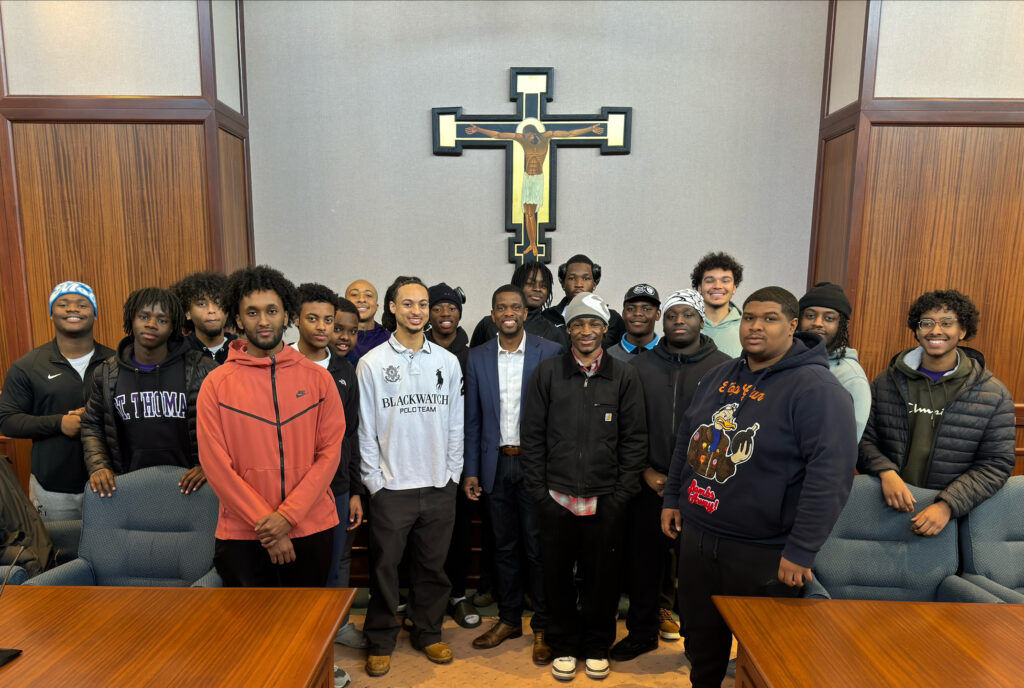Researchers in Minnesota have raised safety concerns over the common but technically illegal sale of secondhand CPAP devices on Craigslist.
CPAP devices, or continuous positive airway pressure devices, are used to treat obstructive sleep apnea, a common condition that causes people to intermittently stop breathing during their sleep.
In the United States, CPAP devices are classified by the Food and Drug Administration as Class II medical devices with possible risks; their sale requires a medical prescription.
The researchers’ concerns about the sale of used devices are outlined in a study published today in the medical journal JAMA Internal Medicine. The researchers are from the University of St. Thomas, University of Minnesota and Minneapolis Veterans Affairs Health Care System.
Once a week the research team monitored online advertisements for secondhand CPAP devices on Craigslist.org in 18 U.S. cities and areas over a one-month period.
During that time they found 270 advertisements, most of which did not describe who previously had used the device or why it was being sold. Only five of the advertisements mentioned anything about the legal requirements of a prescription and 61 percent of the devices included a used mask without information about its age or how it was cleaned.
CPAP devices create air pressure and attach to a nose or face mask that delivers that pressure to a patient’s airway, thereby keeping him or her breathing during sleep. The amount of air pressure delivered by the devices is adjusted for each patient and usually is determined by a medical exam that includes an overnight stay in a laboratory.
The study found that most of the Craigslist advertisements failed to mention the devices’ pressure settings – settings that were prescribed for the original owners.
In addition to concerns about the hygiene of secondhand devices and masks, the study said that a “secondhand device may deliver a low pressure that is ineffective or a high pressure that is excessive.”
“Our results raise concerns about the safety of these devices and how effective these secondhand devices are,” said one of the study’s three co-authors, Roxanne Prichard, Ph.D., an associate professor of psychology and neuroscience at the University of St. Thomas and scientific director of St. Thomas’ Center for College Sleep.
The study’s co-authors are Dr. Ken Kunisaki, an associate professor at the University of Minnesota and Minneapolis Veterans Affairs Health Care System, and Marisa Peine, who recently received her bachelor’s degree in neuroscience at St. Thomas.
The average price for a CPAP device listed on Craigslist was $291, much less than the $600 to $2,000 cost of a new device.
“We recognize that for patients with obstructive sleep apnea, but who do not have health insurance to pay for a CPAP, these secondhand devices represent a less expensive alternative to purchasing a new device,” Prichard said.
The study noted an alternative to the Craigslist consumer-to-consumer method of online sales, and that is the American Sleep Apnea Association’s CPAP Assistance Program.
This program collects used CPAP devices in good condition, cleans them, reprograms them based on the patient’s prescription, ships the device and a new mask to the patient or her or his doctor, and charges $100.
“We believe that this CPAP Assistance Program provides a nice alternative to consumer-to-consumer sales,” Kunisaki said. “Similar programs should be developed to improve access to CPAP for the growing number of patients being diagnosed with obstructive sleep apnea, but who have limited resources to afford treatment.”
The researchers have no affiliation with the American Sleep Apnea Association.
A landmark study of sleep apnea in state employees, the Wisconsin Sleep Cohort Study, concluded that 24 percent of men and 9 percent of women had mild to severe obstructive sleep apnea. Nationally, that means nearly 30 million people over the age of 30 suffer from the condition.
Obstructive sleep apnea can contribute to medical problems such as hypertension, diabetes and stroke; problems in the workplace because of daytime sleepiness; psychological problems such as depression; relationship problems with bed partners; and problems on our highways because of motor vehicle accidents.
In 2004, a study estimated that 810,000 motor vehicle crashes a year can be attributed to obstructive sleep apnea, and if 70 percent of obstructive-sleep-apnea sufferers were treated, it would prevent roughly 500,000 collisions annually.









